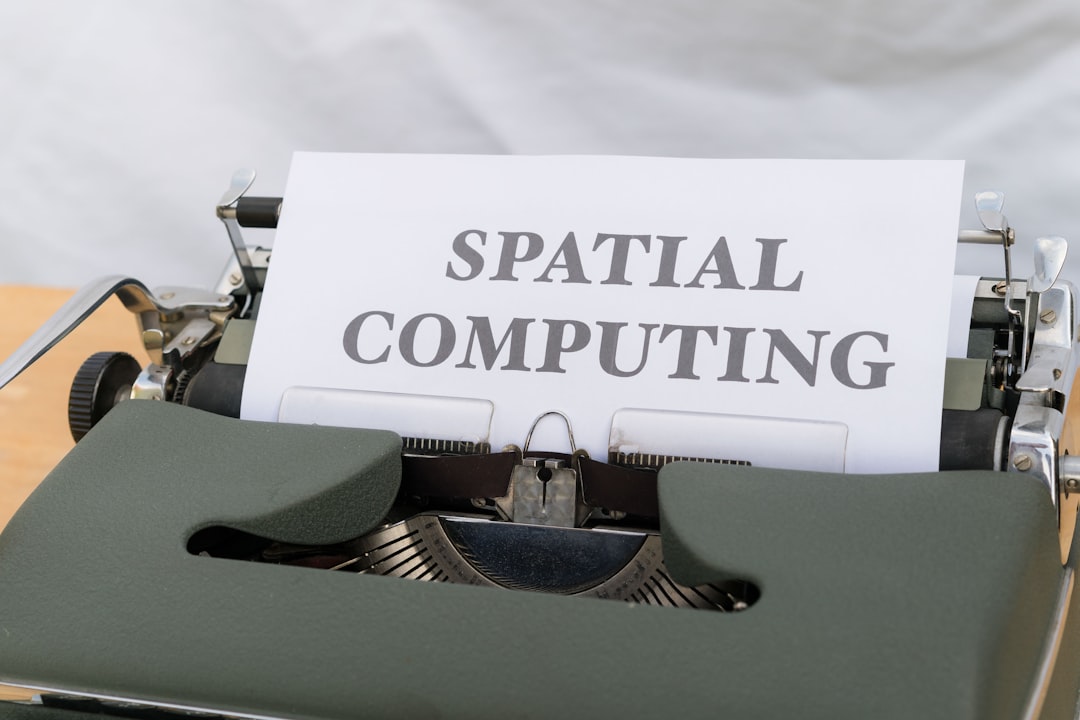
As artificial intelligence technologies continue to evolve, two approaches have taken center stage in recent discussions around practical deployment and user-centric applications: Retrieval-Augmented Generation (RAG) and agentic AI systems. Both paradigms represent significant steps toward making AI models more useful, contextual, and capable. However, they operate under different principles and offer distinct advantages and challenges. Understanding these differences is critical for businesses, developers, and researchers aiming to integrate AI into real-world systems.
Understanding RAG: Retrieval-Augmented Generation
Retrieval-Augmented Generation integrates information retrieval techniques with generative models to improve output relevance and factuality. In RAG systems, the model first consults an external knowledge base to retrieve relevant data before generating a response. This hybrid approach ensures that responses are grounded on up-to-date, factual content.
For instance, a RAG-based chatbot answering questions about a newly released product will first query a document database for the latest specifications and updates. The language model then generates a natural language response based on the retrieved content.
Key Advantages of RAG
- Higher Factual Accuracy: By consulting an external source, RAG models reduce hallucinations and avoid outdated responses inherent in static models.
- Dynamic Information: The retrieval component can be regularly updated, ensuring that the system remains current without retraining.
- Data Efficiency: Unlike end-to-end models, RAG requires less training data as it doesn’t rely solely on memorized information.
- Explainability: Since RAG systems can return source material, users gain transparency into where the information originated.

Challenges of RAG
- Dependency on Document Quality: If the retrieval database contains outdated or inaccurate information, the generated responses will reflect those errors.
- Latency: The retrieval step adds computational time, which may delay real-time interactions.
- Complexity in Implementation: Combining retrieval and generation components requires orchestration and fine-tuning across systems.
- Limited Interaction Awareness: RAG typically does not handle long-term memory or evolving tasks—it responds passively to queries rather than coordinating actions over time.
Unpacking Agentic AI Systems
Agentic AI refers to systems equipped with a degree of autonomy, decision-making capability, and long-term memory. Unlike RAG, which excels in question-answering and content summarization, agentic systems are designed to perform sequences of actions toward a goal—initiating queries, interacting with APIs, monitoring changes, and refining strategies along the way.
These systems resemble virtual assistants with proactive capabilities. For example, an agentic AI might be tasked with booking a business trip. It will check calendar availability, compare flights, reserve accommodations, and generate a final itinerary—without continuous human input.
Key Advantages of Agentic AI
- Autonomy in Task Execution: Agentic systems can pursue multi-step tasks with minimal prompts, making them highly efficient for automation.
- State Management: With built-in memory and context tracking, these systems retain history across actions, enabling more coherent and personalized outcomes.
- Proactive Behavior: Rather than waiting for queries, agentic AI can monitor systems, detect anomalies, and take necessary actions independently.
- Adaptability: They adjust their strategy based on real-time feedback, making decisions as conditions evolve.

Challenges of Agentic AI
- Sustainability and Safety: Providing autonomy increases the risk of unintended actions and raises questions on user control and trust.
- Higher Complexity: Building a reliable agent requires managing internal memory, decision logic, goal planning, and proper interfaces with diverse tools and data sources.
- Overhead in Monitoring and Governance: Unlike the deterministic output of RAG, agentic AI actions must be constantly observed and validated, particularly in enterprise environments.
- Explainability Limitations: Because actions and decisions evolve over time, tracing the rationale behind outcomes is more difficult than simply referencing a source document.
Comparative Use Cases and Applications
Both RAG and agentic systems serve unique purposes based on context. RAG is ideal for information-based systems like:
- Customer Support Knowledge Bases
- Academic Research Assistants
- Legal Document Search Engines
Meanwhile, agentic systems shine in:
- IT Workflow Automation
- Enterprise Resource Optimization
- Automated Personal Assistants
Critically, some emerging architectures aim to combine both paradigms. For instance, an agentic AI might use a RAG module as a sub-component when needing facts before taking action. This marriage of abilities represents a powerful frontier in AI capabilities.
Security and Ethical Considerations
Both RAG and agentic systems require clear ethical guidelines to mitigate risk. For RAG, the main concern lies in data sourcing, copyright compliance, and ensuring authenticity. Agentic systems, meanwhile, raise flags concerning autonomy, privacy, and accountability. The potential for misuse or failure increases with the decision-making power given to agents.
Thus, developers must instill both types of systems with guardrails, fallback options, and oversight mechanisms to ensure reliability and public trust.
Which Is Right for Your Needs?
Ultimately, the decision between RAG and agentic AI depends on the problem at hand. For static or document-rooted challenges, RAG offers clear strengths in accuracy and transparency. If the use case demands strategic execution and completion of complex goals, agentic AI becomes the stronger candidate.
Many businesses may find value in building hybrid systems—merging RAG’s knowledge precision with agentic AI’s task orchestration. As AI matures, such integrations will likely become the norm rather than the exception.

FAQ: Key Differences Between RAG and Agentic AI
-
Q: Is a RAG system capable of making decisions on its own?
A: RAG systems are designed to enhance information retrieval and answer generation. While they provide accurate responses, they do not make independent decisions or initiate actions. -
Q: Can agentic AI be trusted to operate without supervision?
A: While agentic AI can function autonomously, continuous monitoring is recommended, especially in sensitive domains. It’s essential to design safety checks and fallback logic. -
Q: Which is easier to implement — RAG or agentic systems?
A: RAG systems are generally simpler to implement, especially for static or query-focused applications. Agentic systems require more robust architecture due to their autonomy. -
Q: Can RAG be used within agentic AI?
A: Yes. Many agentic AI frameworks incorporate RAG as a sub-component for information retrieval. This hybrid model offers both action and accuracy. -
Q: How do these systems handle memory?
A: RAG systems typically lack persistent memory across interactions, while agentic AI maintains state information and long-term memory for cohesive processing.






